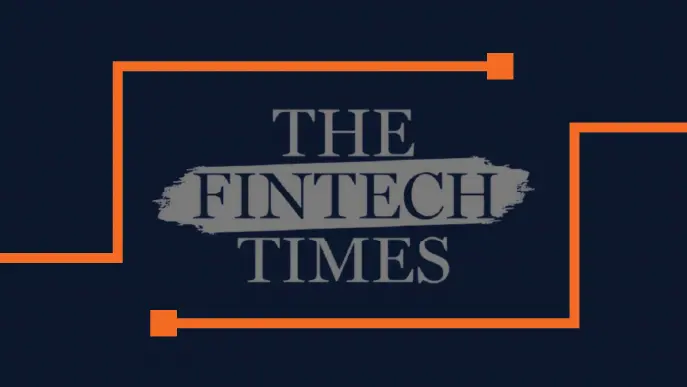
PC Gamer: This 3D printed laser chip-hacking device uses a $20 laser pointer, costs $500 to build, and was developed so that ‘people can do this in their homes’
PC Gamer covers NetSPI’s research for Black Hat USA 2024 in which NetSPI’s Director of Transportation, Mobility, and Cyber Physical Systems, Sam Beaumont, and Director of Hardware and Embedded Systems, Larry “Patch” Trowell, developed a new, affordable laser hacking device, RayV Lite. Read the preview below or view the full story online.
+++
Laser hacking. If there’s one phrase that says we’re already living in the future I imagined as a kid, it’s laser hacking, or to give one method its more technical term, “laser fault injection”. While laser-based hacking techniques aren’t exactly new, you’d usually need advanced and expensive machinery to pull off such an advanced trick.
However, two hackers at the security firm NetSPI plan to present their open source, 3D printable solution, called the RayV Lite, at the Black Hat cybersecurity conference in Las Vegas later this week (via Wired). Costing just $500 to construct and using many off-the-shelf components, the duo hope that the device will bring laser hacking to the masses.
First, a primer: Modern chips use transistors that are incredible small. So small, in fact, that they’re vulnerable to tiny variations in charge. Laser hacking devices using the laser fault injection method use a precisely targeted and timed laser blast (a sentence I always wanted to write) to knock electrons out of place and cause a glitch on the chip.
+++
You can read the full article at https://www.pcgamer.com/hardware/this-3d-printed-laser-chip-hacking-device-uses-a-dollar20-laser-pointer-costs-dollar500-to-build-and-was-developed-so-that-people-can-do-this-in-their-homes/.
Explore more News

The Fintech Times: How to Approach DORA with a Pragmatic Mindset
Hear from Giles Inkson, NetSPI's director of services, EMEA, on how to focus your efforts on DORA compliance and build a DORA best practice framework.

NetSPI Appoints New VP Alvaro Warden to Drive Channel-First Growth Strategy
Read why NetSPI is leaning into a channel-first strategy to drive its next stage of growth and get to know its new partner program leader, Alvaro Warden.

Forbes: What Would Anubis Think Of Modern Day CEOs?
Forbes featured insights from NetSPI’s CEO, Aaron Shilts, on the CEO role. Read the article.

